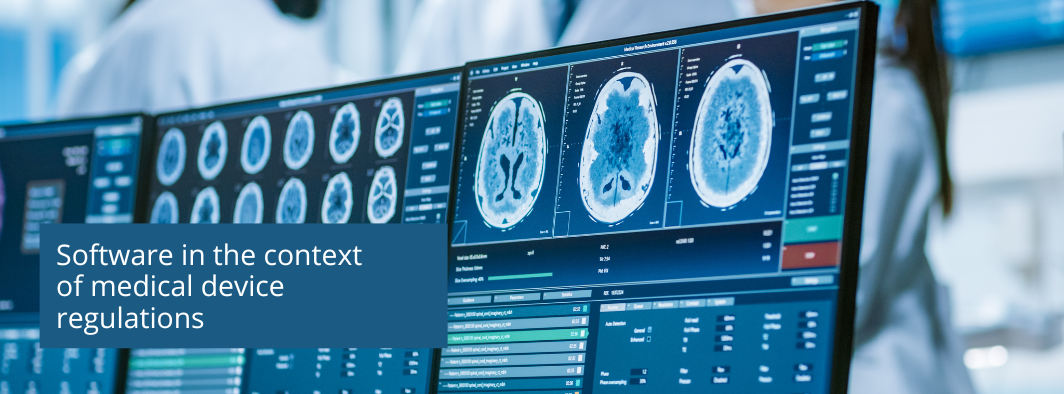In the rapidly evolving landscape of healthcare technology, the development of software as a medical device has emerged as a focal point for innovation and compliance. Recently, the Tüv Nord conference, held on the 26th and 27th of March 2024, convened industry leaders and experts to explore this critical domain. Among the standout participants was Konrad Komnata, CEO of Nivalit, who presented the topic: “Validation and Verification of Medical Software: Balancing Human and Automated Testing in Conjunction with Devices – Navigating the Nuances of Traceability.” His insightful contributions illuminated the path forward for software development within the framework of medical device regulations.
In-depth discussions at the forefront of the healthcare technology landscape
The implications of the AI Act on medical device conformity assessment took center stage, with experts delving into regulatory nuances and potential impacts on innovation and compliance. Participants gained valuable insights into navigating the evolving regulatory landscape in an era increasingly shaped by artificial intelligence and machine learning.
Cybersecurity emerged as another critical focus area, as industry professionals grappled with the ever-present threat landscape surrounding medical application development. Sessions dedicated to cybersecurity challenges provided attendees with essential strategies and best practices for safeguarding patient data and ensuring the integrity of medical devices in an increasingly interconnected digital ecosystem.
Furthermore, the complexities of clinical evaluation and testing for devices containing software or Software as a Medical Device (SaMD) were thoroughly explored. Discussions revolved around ensuring the efficacy, safety, and regulatory compliance of these innovative technologies, highlighting the importance of robust clinical validation processes in bringing life-saving medical innovations to market.
In essence, expertise in software development within the context of medical device regulations demands not only technical proficiency but also a comprehensive understanding of regulatory requirements, industry dynamics, and effective risk management practices. It is a dynamic and challenging field that requires a commitment to excellence and a passion for improving patient outcomes through innovative technology solutions.

